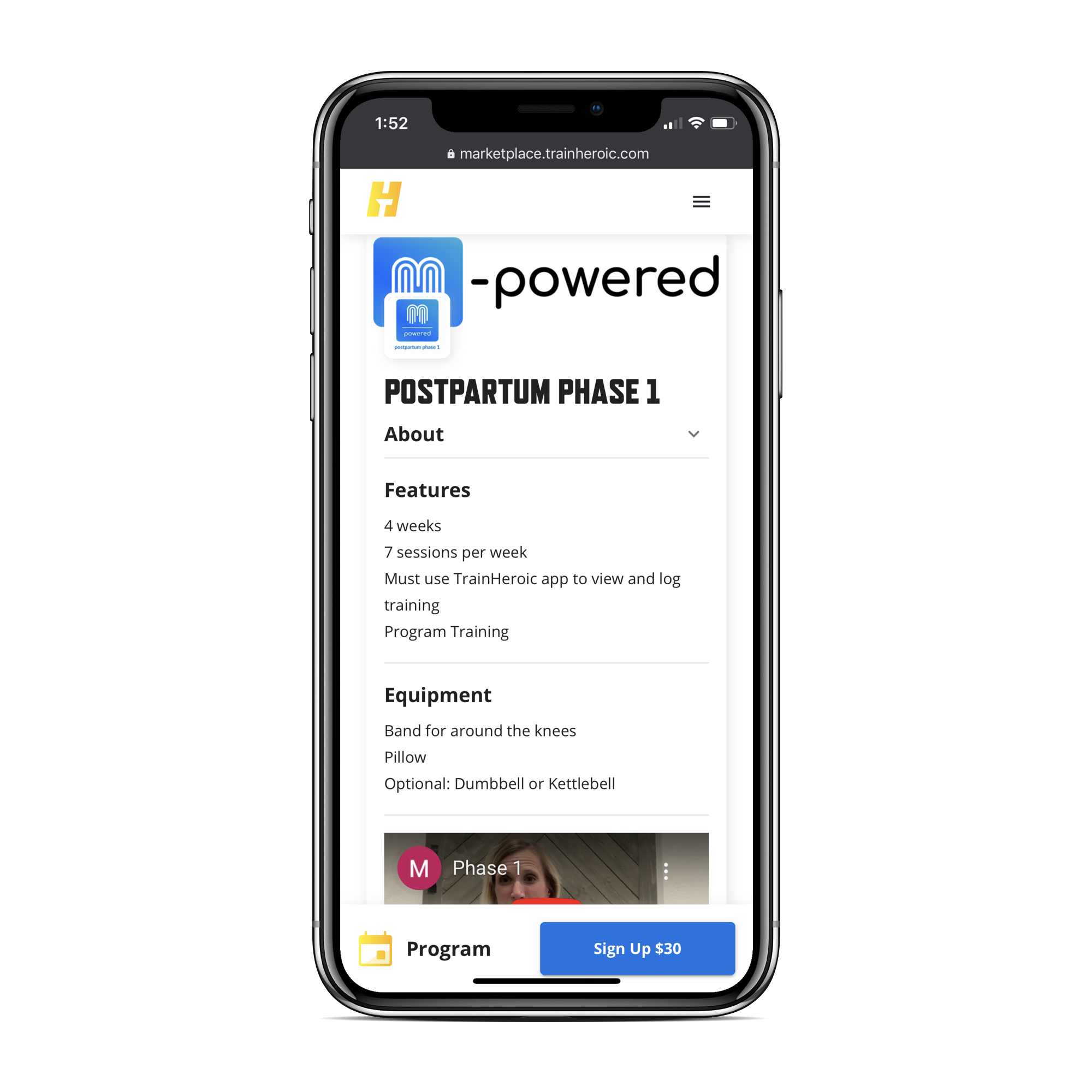Stress urinary incontinence (SUI) is defined as the involuntary loss of urine with activities that increase intra-abdominal pressure (IAP) such as coughing or sneezing. High-impact activities such as running, rotational movements, or jumping can also increase intra-abdominal pressure. Many people associate involuntary urinary loss with increased age or history of pregnancy and delivery. A number of studies in the last few years have taken a closer look at female athletes to see if high-impact physical activity is also a risk factor for urinary incontinence regardless of birth history.
A study from 2017, looked at 245 women, ages 18-40 years old who had never had children, and determined that of the 245 participants, 22% reported some type of urinary incontinence (UI), 60% of those experienced SUI (Alves et al. 2017). Athletes who participated in higher-impact sports that included jumping and sprinting had a nearly 4.5 fold increase of the prevalence of SUI compared to those who participated in low impact sports (de Mattos Lourenco et al. 2018). Athletes with higher training volume regardless of the sport were also correlated with greater frequency of urine loss (Alves et al. 2017).
In another study of 112 elite endurance athletes including both cross country skiers and runners, 50% of the participants reported losing urine beyond their control, with 45% reporting some amount of urinary leaking with coughing or sneezing (Poswiata et al. 2014). Overall, the prevalence of SUI differs by sport, with greater reports of stress urinary incontinence from athletes who participate in higher impact sports and those who participate in a greater frequency of training. We know that physical therapy and pelvic floor specific training can improve continence, strength, and reduce the risk of injury so don’t wait if you are experiencing SUI during exercise or with progression to a harder training plan.
Women’s Health Exercise Programs
Click Here To Learn Which Exercises Are Best After Pregnancy


